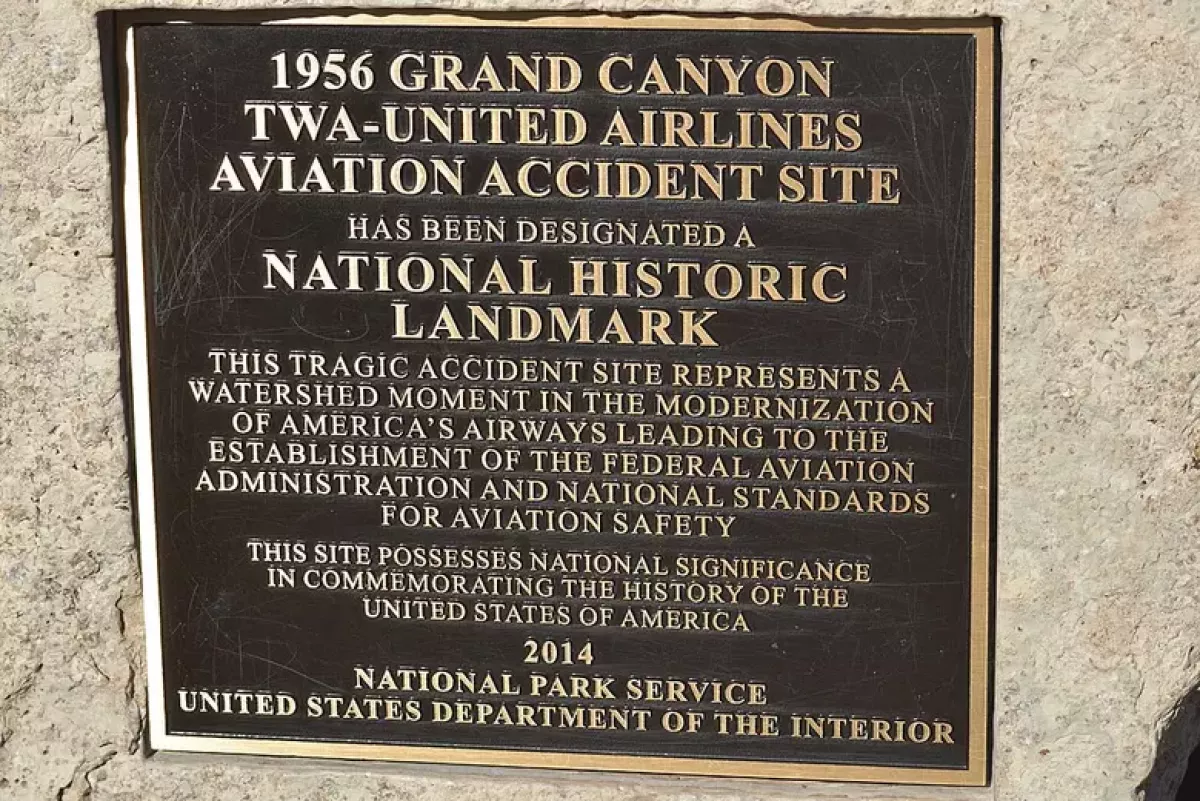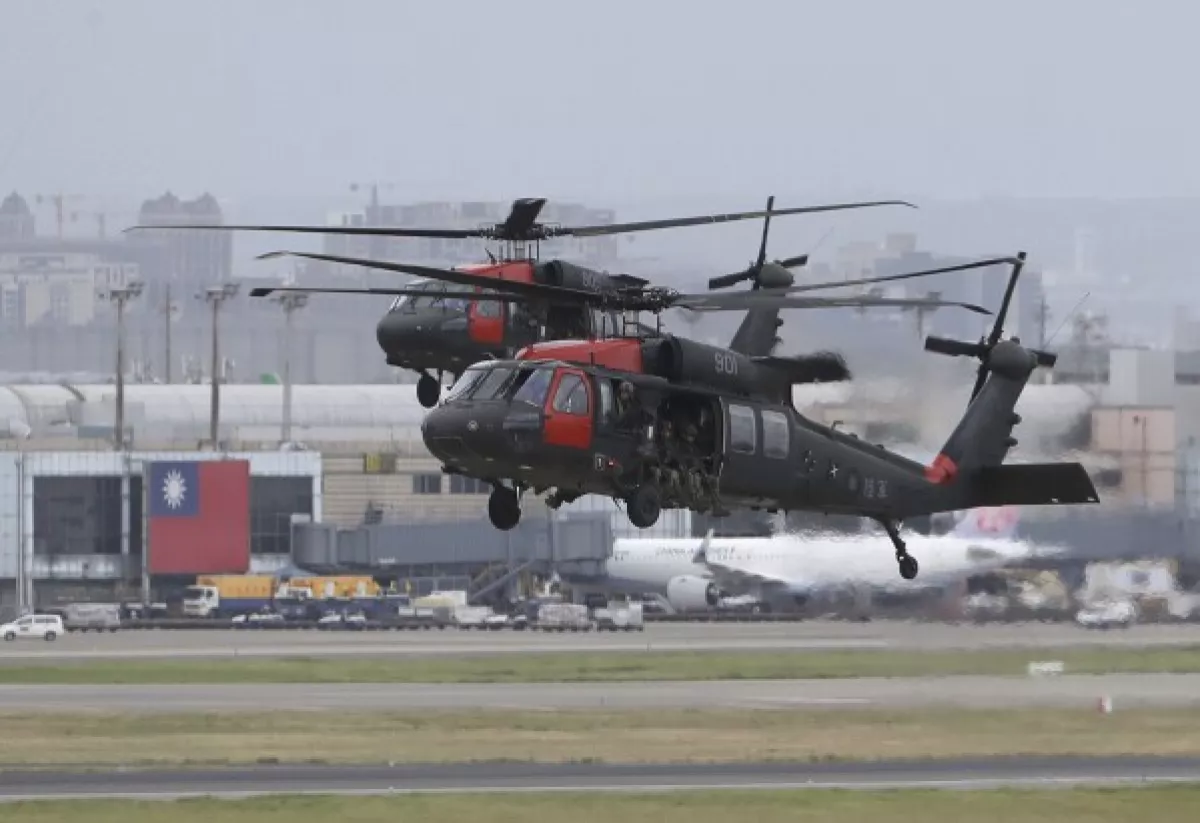Aviation industry debates limitations of collision avoidance system amid Washington accident
The fatal mid-air collision between an American Eagle Bombardier CRJ-700 regional jetliner and a US Army H-60 Black Hawk helicopter near the American capital this week has raised significant concerns regarding the effectiveness of the Traffic Collision Avoidance System (TCAS). The incident, which occurred near Reagan National Airport, has sparked questions about TCAS’s role in preventing such collisions. While investigations into the incident are still ongoing, understanding TCAS’s capabilities and limitations is important for evaluating how it might have impacted the accident.
TCAS is a safety system designed to help maintain vertical separation between aircraft. The International Civil Aviation Organization (ICAO) stipulates that aircraft flying at or below 8.8 kilometers must maintain a minimum of 0.3 kilometers of vertical separation. According to an article by The War Zone, the separation requirement increases to 0.6 kilometers or more when flying above this altitude, depending on specific flight corridors. Air traffic control and, in some cases, the flight crew are generally responsible for ensuring this separation. TCAS, however, serves as an additional layer of safety by providing independent alerts to the crew, helping prevent mid-air collisions even if air traffic control systems fail.
The development of TCAS stemmed from a 1956 mid-air collision between two American commercial aircraft over the Grand Canyon. This tragedy led to significant changes in air traffic control procedures in the US and the eventual introduction of a backup system, which became TCAS. While early collision-avoidance systems were passive and non-cooperative, TCAS has evolved into a sophisticated, active system that is now essential for air safety, both in the US and globally.

Modern TCAS operates by using transponder signals emitted by nearby aircraft. The system creates a three-dimensional map of the surrounding airspace and monitors the movements, altitudes, and speeds of other aircraft. Based on this data, TCAS can assess the likelihood of a collision and issue an alert to the flight crew. In some cases, newer airliners feature auto-TCAS, which can automatically initiate avoidance maneuvers without pilot intervention. This includes issuing audible and visible warnings, advising the flight crew to either climb or descend to avoid a collision.
Despite its importance, the article points out, that TCAS is not foolproof and has limitations, particularly in certain flight conditions, as seen in the Reagan National Airport incident. For example, the H-60 Black Hawk helicopter may not have been equipped with TCAS, as the system is not mandatory for military aircraft. While ICAO requires TCAS on civil aircraft with a capacity of over 19 passengers or a maximum takeoff weight exceeding 5,700 kilograms, military aircraft, including smaller helicopters, are not necessarily subject to these rules. Although TCAS is present in larger military aircraft, such as tankers and transports, its absence in smaller ones, like the Black Hawk, can significantly hinder collision avoidance in mixed-flight environments.
Furthermore, TCAS is designed to operate effectively at higher altitudes but becomes less reliable at lower altitudes. For example, TCAS is programmed to inhibit certain warnings, such as ‘Increase Descent’ or ‘Descend,’ below specific altitudes (i.e., below 470 meters above ground level, for example). These limitations are in place to prevent situations where rapid maneuvering could lead to dangerous situations, such as flying into terrain during low-altitude flight. The system also struggles in environments with obstacles that can interfere with transponder signals, such as mountainous or urban terrain, which could have played a role in the collision.

The aftermath of the Washington incident has raised important questions among aviation experts about the role TCAS might have played in preventing the crash. The article warns, however, that at this early stage, it is unclear whether TCAS could have averted the collision, especially given the low altitude of the flight. Even with fully functional TCAS systems, they do not guarantee the avoidance of all mid-air collisions, particularly in low-altitude situations where terrain and other factors complicate the system’s effectiveness.
In conclusion, while TCAS remains a critical tool for ensuring flight safety, it is not a failsafe system. Its limitations, especially in low-altitude and military aircraft scenarios, the authors argue underscore the need for further refinement and understanding of how to enhance collision avoidance in increasingly complex airspaces. The recent accident highlights the importance of continuing to evaluate and improve aviation safety systems to prevent similar tragedies in the future.
By Nazrin Sadigova








